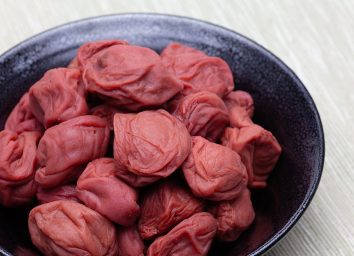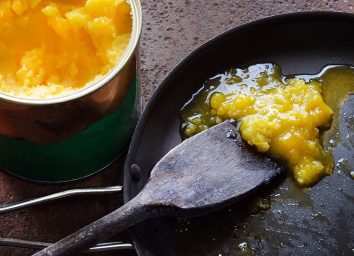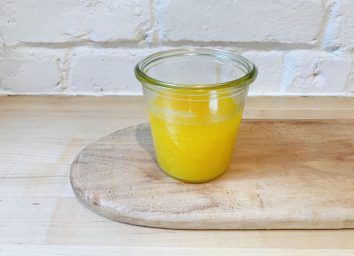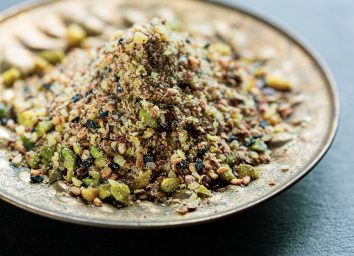Use Dashi Broth When Your Cooking Needs More Umami Flavor
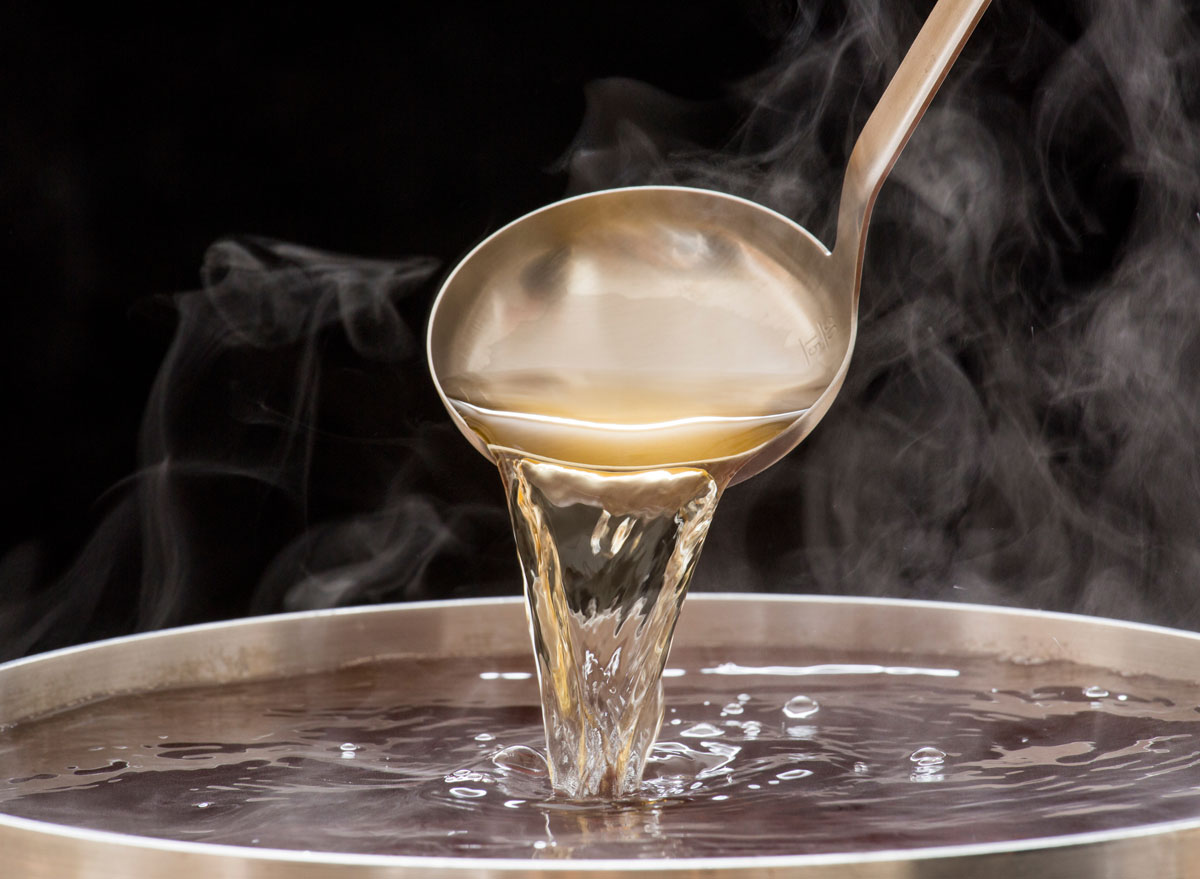
Dashi is the umami broth at the heart of Japanese cooking; a careful boil of ingredients left in the pot just briefly to add the delicate essence of the flavor. The simple recipe almost always uses kombu, which is dried kelp, and katsuobushi, which are dried bonito or tuna flakes. It can also include dried shiitake mushrooms, iriko or noboshi, and dried anchovies or sardines. The resulting deep umami taste is reminiscent of the sea.
Here are the five types of dashi:
- Awase, made from kelp and bonito
- Kombu, which is vegan, made from kelp
- Katsuo, made with shaved tuna flakes
- Iriko, made from dried baby anchovies or sardines
- Shiitake, also vegan, made from shiitake mushrooms
Why is dashi so popular?
It’s no secret that umami flavor makes Japanese food delicious. This term describes a fifth flavor, past salty, sweet, sour, and bitter, actually named by Professor Kikunae Ikeda of Tokyo Imperial University in 1908 when he discovered it in kombu dashi.
Dashi makes a flavorful base for miso soup, ramen, Japanese hot pots, and sauces. In Japanese cooking, dashi is used whenever liquid is called for in a recipe. All in all, it’s an incredibly versatile broth that can be used to impart umami flavor to any dish, and is particularly popular as a broth in vegan cooking.
Not to mention, like most broths, dashi provides many health benefits because of the ingredients it’s made with. Kombu, a brown seaweed, is high in iodine, potassium, calcium, iron, potassium, magnesium, zinc, and Vitamins B, C, D and E. It also adds amino acids to the broth, which help us recover from muscle damage. Dried bonito flakes have been shown to lower blood pressure, increase circulation, and even boost cognition.
How to use dashi
Namiko Chen, founder of the Japanese food blog Just One Cookbook, recommends starting with something simple when using dashi for the first time. “The recipe I would recommend is miso soup. Most miso soups you get in Japanese restaurants are bland or taste horrible. You can make the best miso soup at home and it starts with dashi. Whether you make dashi from scratch (which I highly recommend) or use dashi packets to make a quick broth, miso soup is an easy homemade dish. If you like to challenge yourself, I would suggest making an udon or soba noodle soup with dashi. It’s light, savory, and comforting, especially in the cold months.”
When following a plant-based diet, dashi can be an easy way to add flavor. Namiko is more likely to use the kelp-based dashi for her vegetarian dishes, “I use kombu dashi. It’s the most commonly used dashi. In the U.S., I see some people prefer to use shiitake dashi instead. However, in Japan, we do not use shiitake dashi by itself as the flavor is too strong and overpowers the other ingredients in the dish.”
Generally, if you’re thinking of experimenting with dashi, it works very well in the following broth-based dishes:
- Clam soups
- Miso soups
- Udon soups
- Soba soups
- Stir-fried dishes
- Steamed fish dishes
Where to get dashi
While you can certainly try to make dashi from scratch, dashi seasoning packets are widely available at Asian grocery stores and online. A popular brand is Kayanoya, which offers dashi powder in many different versions with very low sodium. Namiko also recommends Yamaki, which is available on Amazon. Ajinomoto also makes Hondashi from bonito, which can also be found on Amazon.
